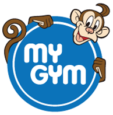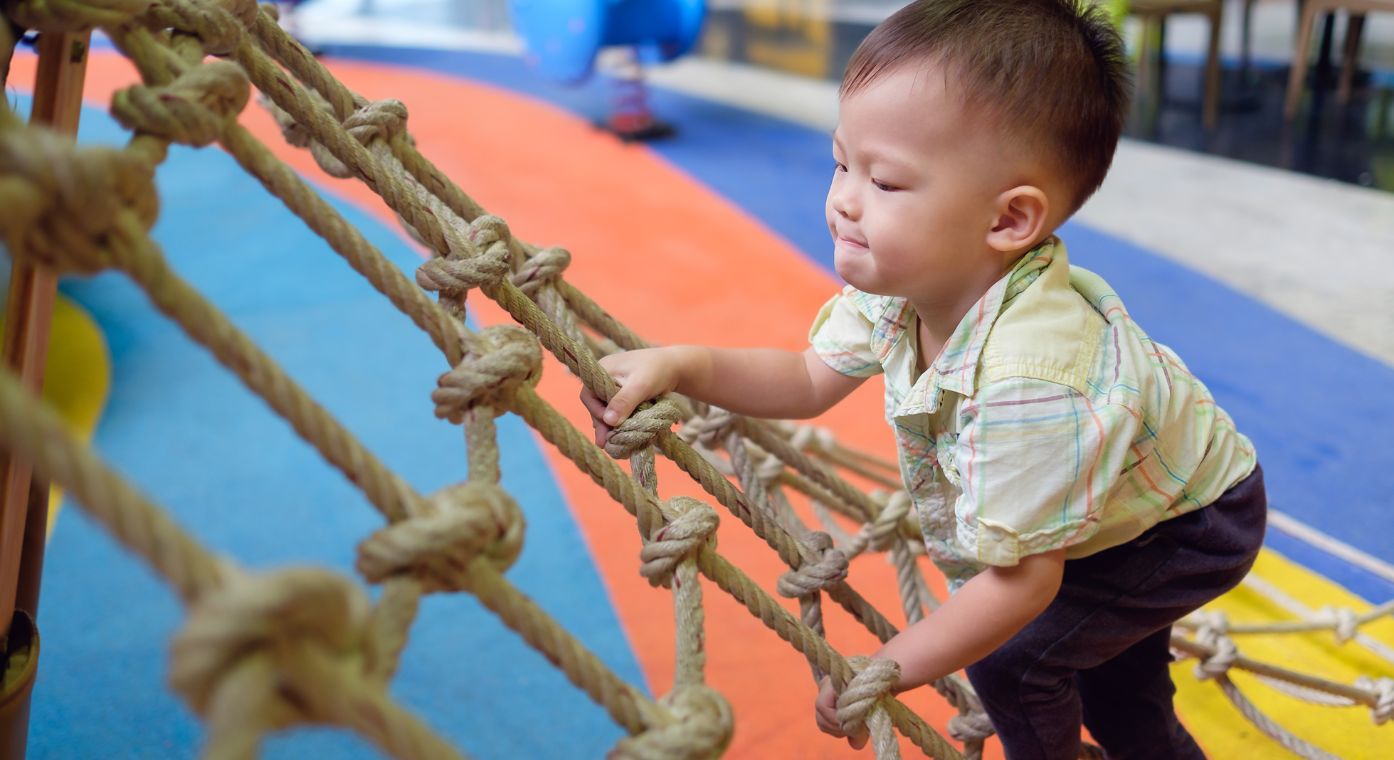Benefits Of Indoor Physical Activities For Toddlers
Babies, toddlers and young children are an active and lively bunch by nature. They love exploring, moving around, and trying their hand at learning about new things. Channelling their energies into areas that maximize the benefits of such activities.
Regular physical development activities play a critical role in early childhood i.e., from birth to about five years of age. What they learn at this early age lays the foundation for their future cognitive, social, emotional, and physical skills development.
“Psychomotor learning is the relationship between cognitive functions and physical movement.” It is demonstrated by physical skills such as movement, coordination, manipulation, dexterity, grace, strength, and speed — actions which demonstrate fine or gross motor skills, such as the use of pencils, holding a paintbrush and painting with it.
Physical development in early childhood is an essential part of the growth among preschoolers, building their muscle strength and increasing their flexibility. This goes a long way in preventing excess weight gain leading to obesity. Studies show that participating in guided, controlled physical development activities burns calories and encourages young children to maintain an active life.
Focusing on physical development in early childhood improves confidence and self-esteem as well and helps develop healthier social, cognitive, and emotional skills. Experts recommend that toddlers spend at least 30 minutes in structured physical activity every day and 60 minutes in unstructured play.
Developing gross & fine motor skills
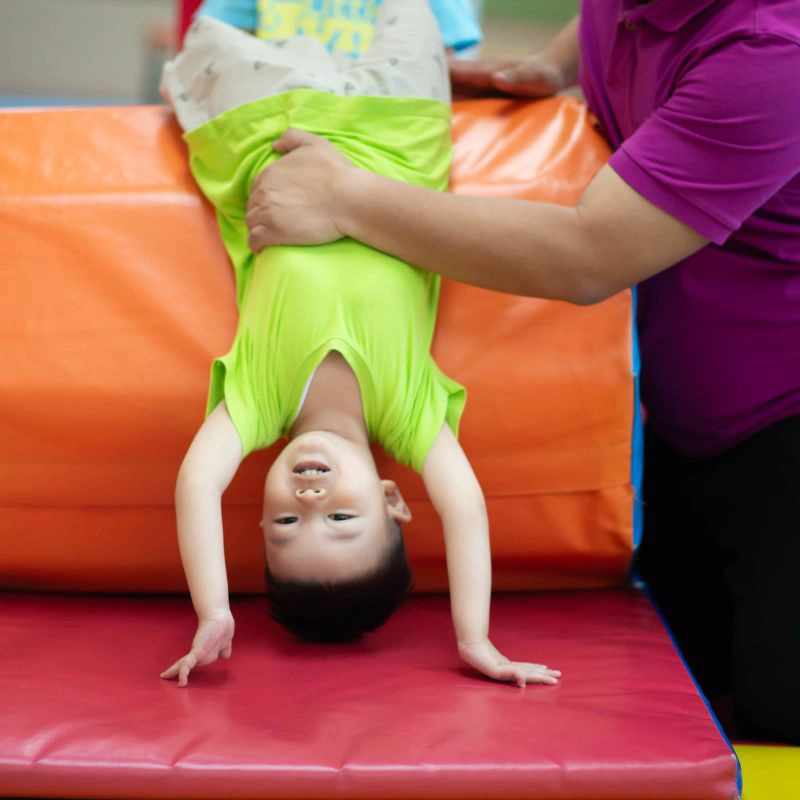
Infants and toddlers love to move about — they roll, kneel, crawl, even try creeping upstairs, and eventually stand up without support and take their first tiny, wobbly steps. But all these gross motor and fine motor development milestones are reached on time only when parents put in place structured physical activities.
Psychomotor learning encourages the development of toddlers’ coordination processes and promotes their growing interest in navigating through the spaces they live in. For this to happen spontaneously, it is necessary to set the baby free instead of confining it. Avoid leaving your baby in a walker or playpen for extended periods, as these tend to restrict infants’ physical movement — as the saying goes, you have to crawl before you can walk.
Make it a point to involve your baby in simple games, take her for a walk in the park, participate in a parent-child cuddling routine or when older, indulge in a more robust tumbling session. Dancing together is highly recommended as it increases physical contact and nurtures bonding. Physical development activities need to be introduced into a baby’s daily life early. Even the most basic exercises and activities — throwing, catching, bouncing, or kicking a ball — help babies learn to coordinate their movements.
By the time your child reaches the age of two if not earlier, your baby will become adept at moving her limbs and discovering how to make her muscles move in unison. As your child grows, you will notice that she tends to use her hands more often than her feet.
This is the ideal time to introduce play-based learning activities, this will help develop your child’s finer motor skills, dexterity and hand-eye coordination. Start with playing the game of “Head, Shoulders, Knees, and Toes.” This allows your child to touch and identify different body parts. Additional finger play exercises such as finger painting, kneading, squeezing a ball, and threading beads will help your child to practise what she learns.
Develop a positive mindset

We live in a world filled with false perceptions regarding body image, and grow up building an unhealthy ideal of perfectionism and an overly critical sense of self. Such tendencies are closely linked and can result in triggering the onset of anxiety and depression in children.
Play helps children to develop the skills they need to understand the world they are growing up in. It boosts a child’s mood and self-esteem. Enabling her to process ideas and feelings better, develop empathy and resilience and manage anxiety.
Participating in physical development activities enables children to maintain a positive state of mind, build self-confidence, and reinforce the emotional and social skills a child needs to cope. The key is to allow your child the space and time to try out different types of play. From encouraging your child when she is seeking comfort with a cuddly toy to rough and tumble play that allows her to let off steam.
This sort of activity helps your child learn to set boundaries when at play with others. She also can pick up new coping skills from peers and develop the emotional resilience necessary for the life ahead of her.
Play is a fantastic way of bringing family and friends together. Board games, for instance, have rules to follow which teach children about instructions, and the concept of winning and losing. Through play, your child learns how to interact with those around her, build friendships, learn about empathy and develop her communication skills. Playing with others also teaches your child about cooperation and trust.
Active creative play is good for children
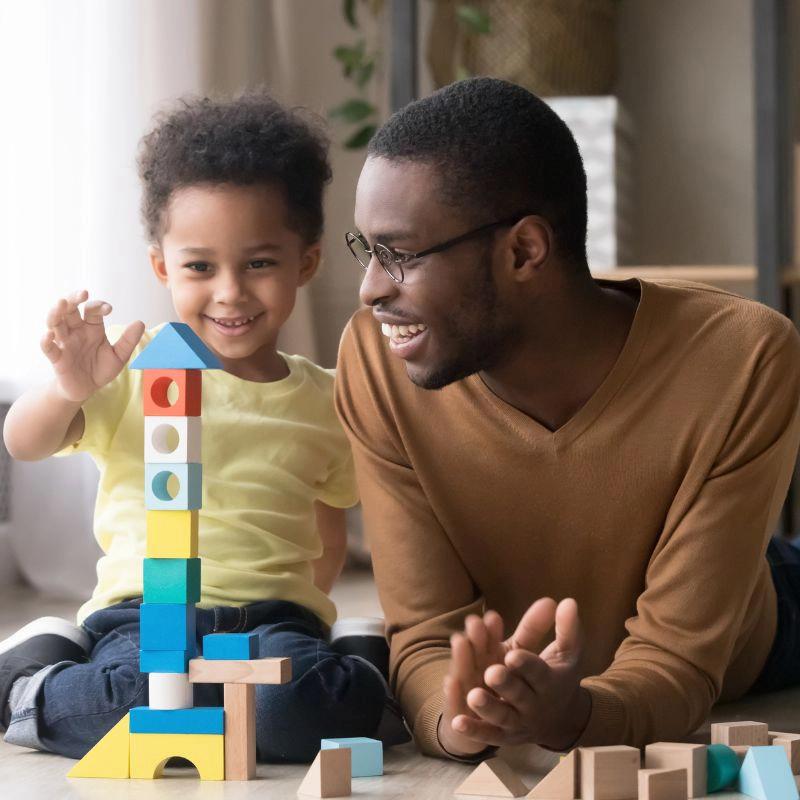
Creative play is a great way for children to express themselves, and develop their imaginations. Being imaginative helps children to acquire the skills required to be innovative problem solvers. Creating something from her imagination raises your child’s self-esteem, helps her process emotions and develops spatial awareness.
When involved with arts and crafts, your child will learn to use her hands which builds up the strength and coordination needed for holding a pen or pencil to learn to write. It also teaches hand-eye coordination and concentration which are useful for everything from writing to sports.
Through play, your child learns to express herself and discover her sense of identity. More importantly, creative and imaginative play is a non-threatening place where your child has control over what she does. Through active involvement in arts and crafts, your child learns to reflect on her emotions, it also raises self-esteem when she gets to display what she has created.
As your child interacts more and more with other children, she will pick up valuable communication skills. Your child will be able to say what she means to say, listen to others and interpret what is happening around her.
Choosing the right physical activity
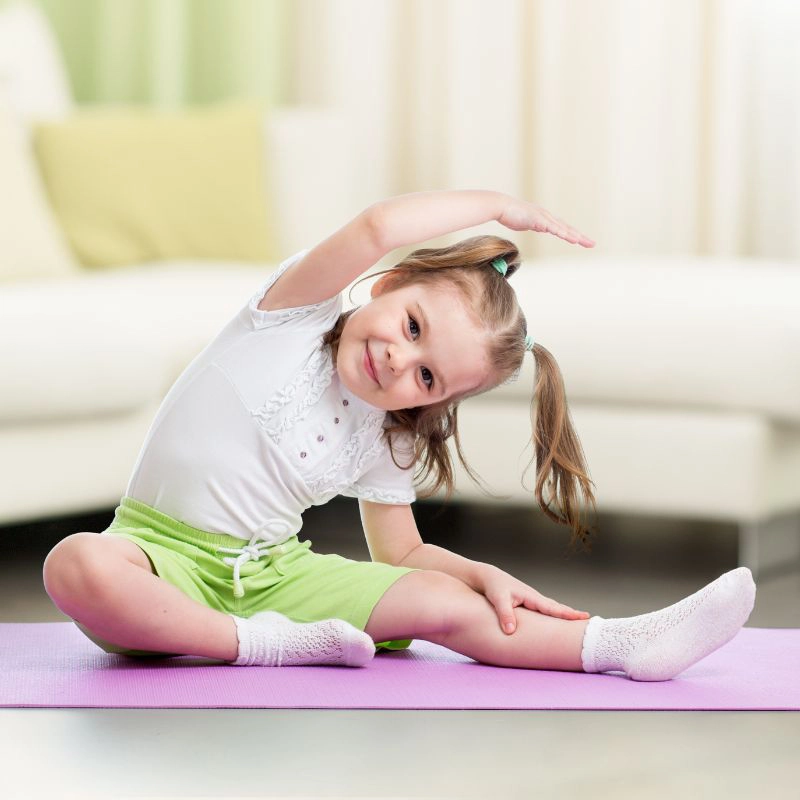
You will discover keeping your toddler physically active and entertained is not an easy task. But with a little creativity and planning, you can put together a range of physical activities and fun games ready to choose from throughout the day. These can be sensory, arty, crafty, messy or just plain silly. But be aware of one thing though.
The attention span of a toddler is short at this age. Each activity may not last long before your child will want to move on to doing something else. This is why you may need to pace the duration of each activity as per your toddler’s mood and energy levels. An effective way to address this issue is to plan for holding 10 minutes of structured physical activity, three or more times a day.
Playing and participating in physical activity with your child will be great fun as it allows you to deepen a special bond you already have with your child. Needless to say, you will also help your child develop healthy habits that will last a lifetime.
Here are some simple but interesting play ideas and activities to inspire you. Give them a try right away. Don’t forget to keep adding to this list as you go along.
Set up an obstacle course:
This one is easy and you can get as creative as you like. Use whatever you can find around the house and build an age-appropriate toddler obstacle course. For instance, use a big pillow as a climb-over obstacle, follow this up with a cardboard box through which your child will have to crawl, then goes around a low stool on all four and ends it with a dash through a doorway. Explain to your child what she has to do to finish the course. Remember to clear everything else that may be lying around in her pathway. You can add a little fun by blowing a whistle to start the race. You can even use a ribbon in the doorway for them to break through at the finish line.
Play hide & seek together:
You can initiate this game by telling your child that you are going to be the first to hide and she is supposed to find you. Make it easy for her to find you by sticking your foot out or clearing your throat when she comes closer to where you are hiding. Then it is her turn to hide. Start the game by counting slowly to three and say “I am coming,” after that. you can increase the count to 10. To ensure the game is very safe, limit the hiding area to just two rooms.
Dancing to a favourite tune:
Toddlers love music and are naturally inclined to love music and move their bodies to a beat. Turn on some happy music or song, start grooving, and invite your child to join you. Or better still, plan a little dance party for your toddler. The key is to get her moving to the music and have fun doing it.
Stretch a little:
You can involve your toddler in some physical activity by teaching her how to stretch. Or by asking her to join you after watching a movie or sitting idle for a while. While stretching, call out “reach for the sky,” “touch your toes” or “twist to your left.” Keep the stretching movement simple and easy for a toddler to do. Once your child gets the hang of it, you may find to your pleasant surprise that she will begin practising what she has learned right after she wakes up in the morning!
Learning to balance:
Learning to balance is something more than just participating in physical activity — it builds cognitive skills and helps your toddler become aware of her own body. Ask your child to stretch her hand out, palm facing up. Place a favourite toy on her palm and make her walk a few feet with her eyes closed. Once she does this, place a hardbound book on her head and practice walking in a straight line. Another task you can ask her to try is to make her stand with her feet flat on the floor, raise her two arms up front and lift one leg up slowly.
Playing tennis with balloons:
Every toddler loves playing around with balloons, it is also very safe and the risk of breaking things is down to zero. So get started. Inflate a couple of balloons, toss one up in the air and give it a smack. You can also play balloon volleyball. After the play, put away the bag of balloons in a place your child cannot reach. Otherwise, playing with balloons is a simple, easy and fun physical activity.
About My Gym
My Gym involves children in dynamic games, physical activity and movement that help in building neural networks in the brain. Making it easier for children to acquire intellectual skills, navigate complex social situations, and nurture emotional development.
To find out more about how My Gym plays a key role in supporting “whole-child development,” please visit any of our centres. Choose a day when you will be relatively free and come over with your child in tow. Your child could be an infant (as young as 6 months), a toddler or a preschooler, age is not a bar for enrolling.
My Gym has specially designed whole-child development programs that lay a firm foundation for personal, academic and future growth by involving your child in age-appropriate structured and unstructured physical activities and developing thinking and problem-solving skills.
Please note: My Gym classrooms are thoroughly sanitized every day — the tables, the chairs, the children’s activity stations and everything else the child might touch is made safe and clean. Please wear a mask, wash your hands frequently, and practice social distancing.
Frequently Asked Questions
What are the benefits of indoor activities?
The benefits of indoor activities for kids:
1. Strengthens motor skills
2. Improves mental health & self-esteem
3. Fosters social interactions
4. Stimulates creativity & imagination
5. Enhances communication skills
6. Assists children in processing their emotions
7. Develops problem-solving skills
What is the importance of indoor sports?
The importance of indoor physical development activities:
1. Channels their energy into holistic developmental activities.
2. Flexes their fine & gross muscles
3. Encourages social bonding
4. Boosts their cognitive skills
5. Uplifts their self-esteem
Which indoor game required physical exertion?
Indoor play based learning activities such as dancing, hide-and-seek, egg ‘n’ spoon and scavenger hunt, among other indoor games, require physical exertion. A rich blend of structured and unstructured play lessons taken up on a regular basis is recommended to keep toddlers physically active and healthy.
What are the indoor activities for kids?
The following are some of the most basic psychomotor learning activities for children:
– From an obstacle course to simple physical exercises
– Playing hide-and-seek
– Dancing to music
– Stretching and balancing exercises
– Playing balloon tennis.
What activities can you do to help enhance the physical development of a child?
Physical activities for toddlers that enhance physical development during early childhood include:
– Running
– Jumping
– Cycling
– Swimming
– Playing musical instruments
– Drawing & painting
– Balancing
– Hula hooping

